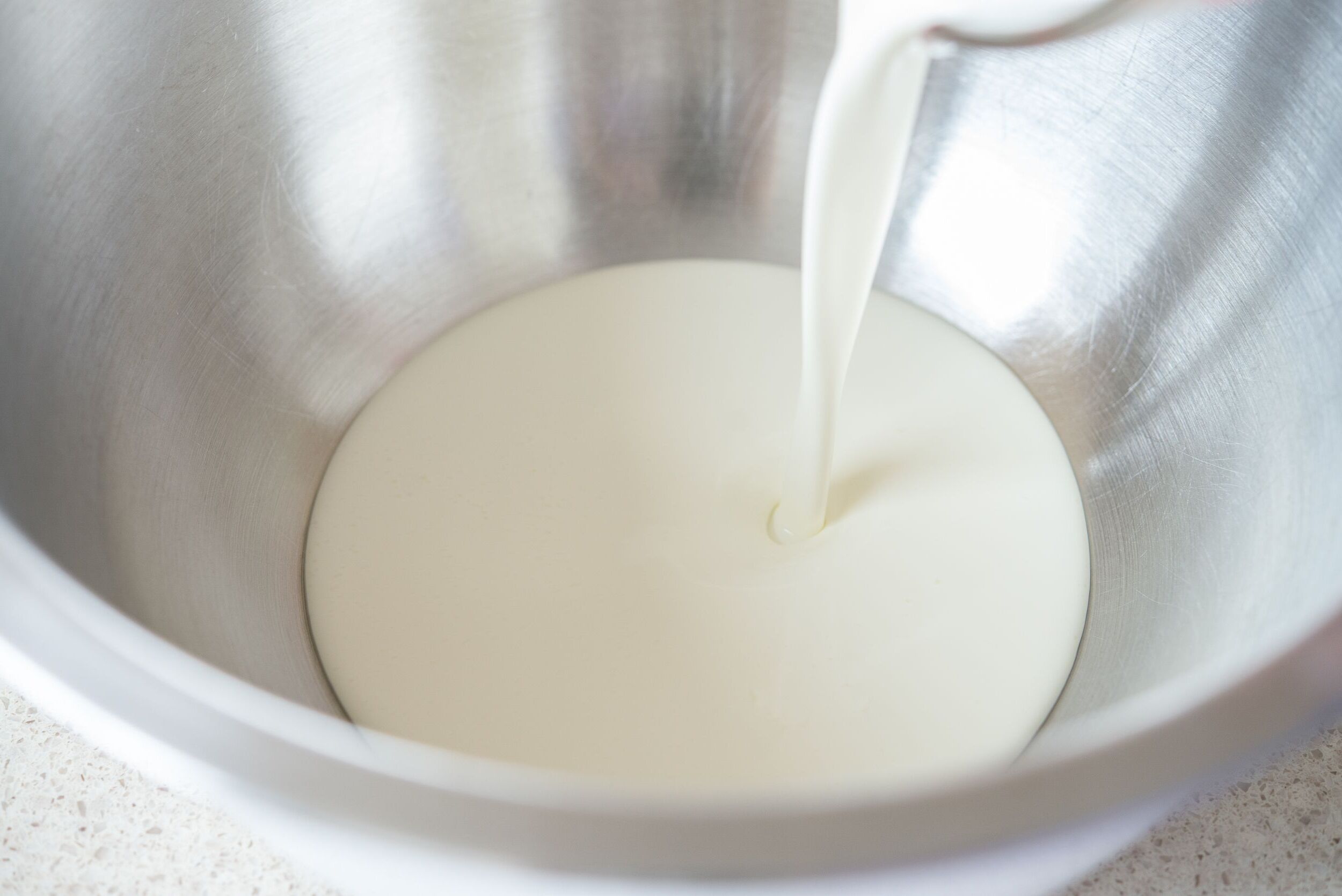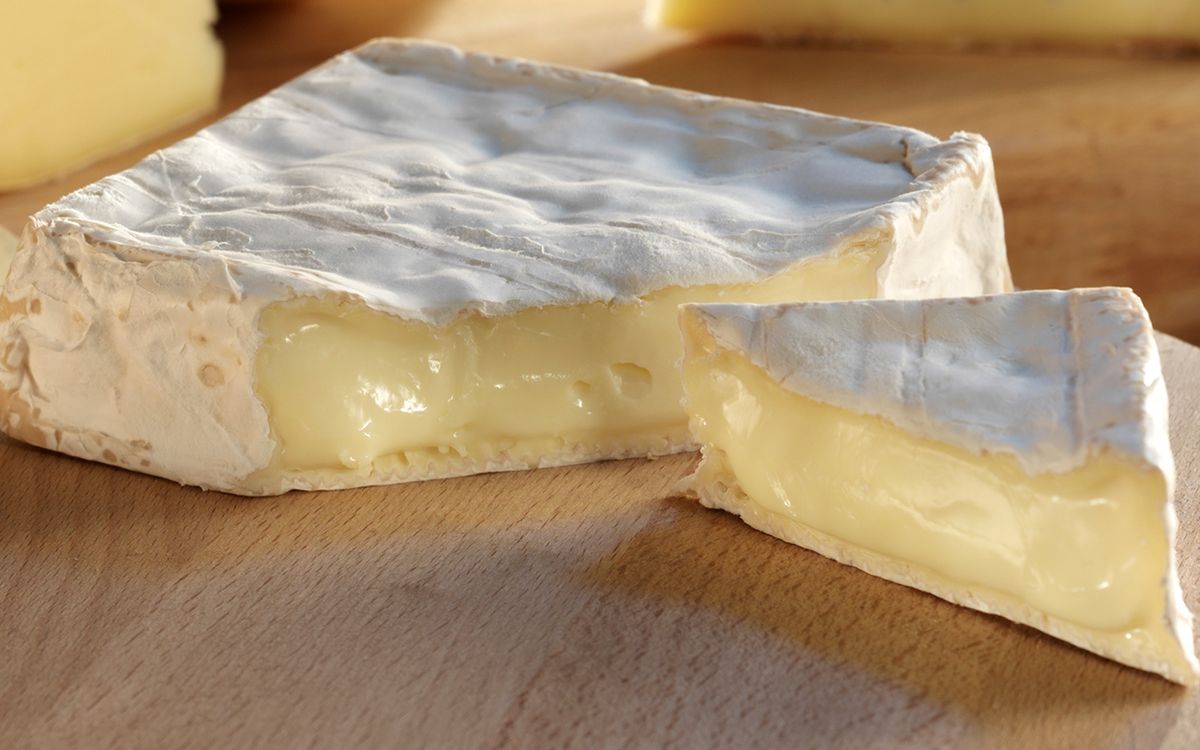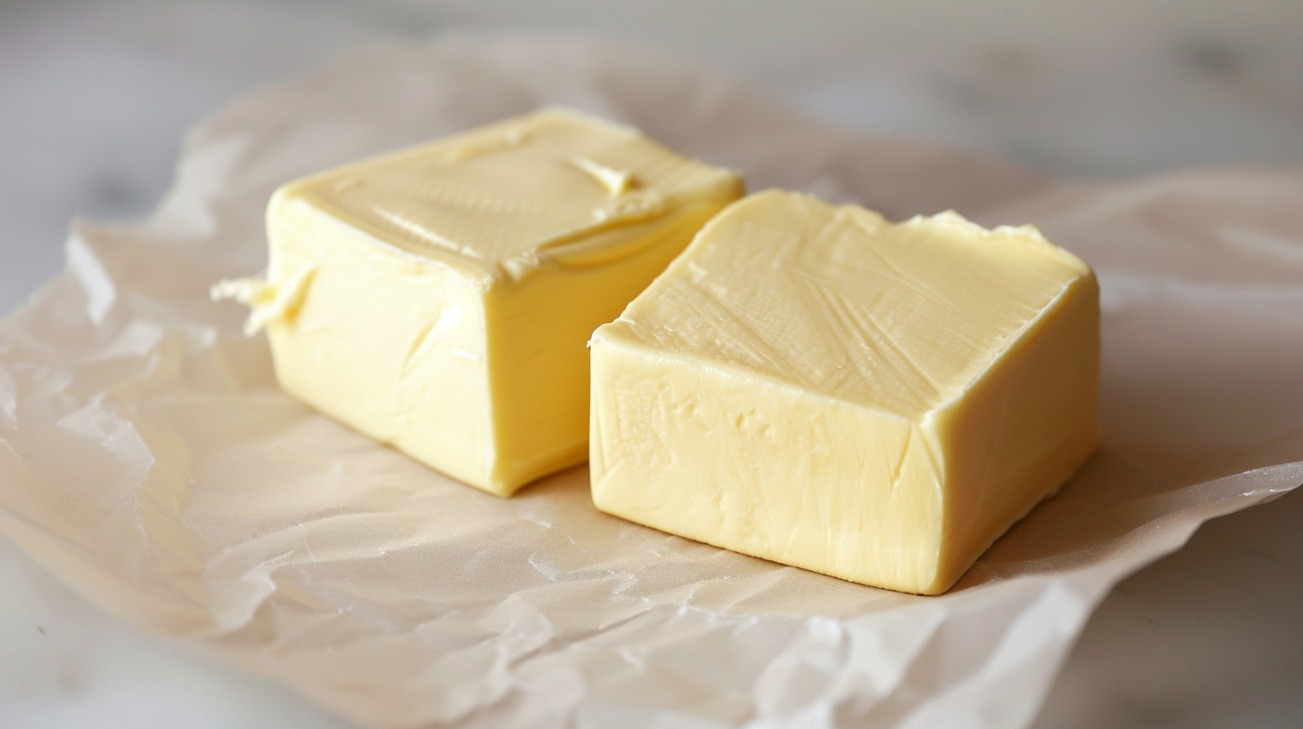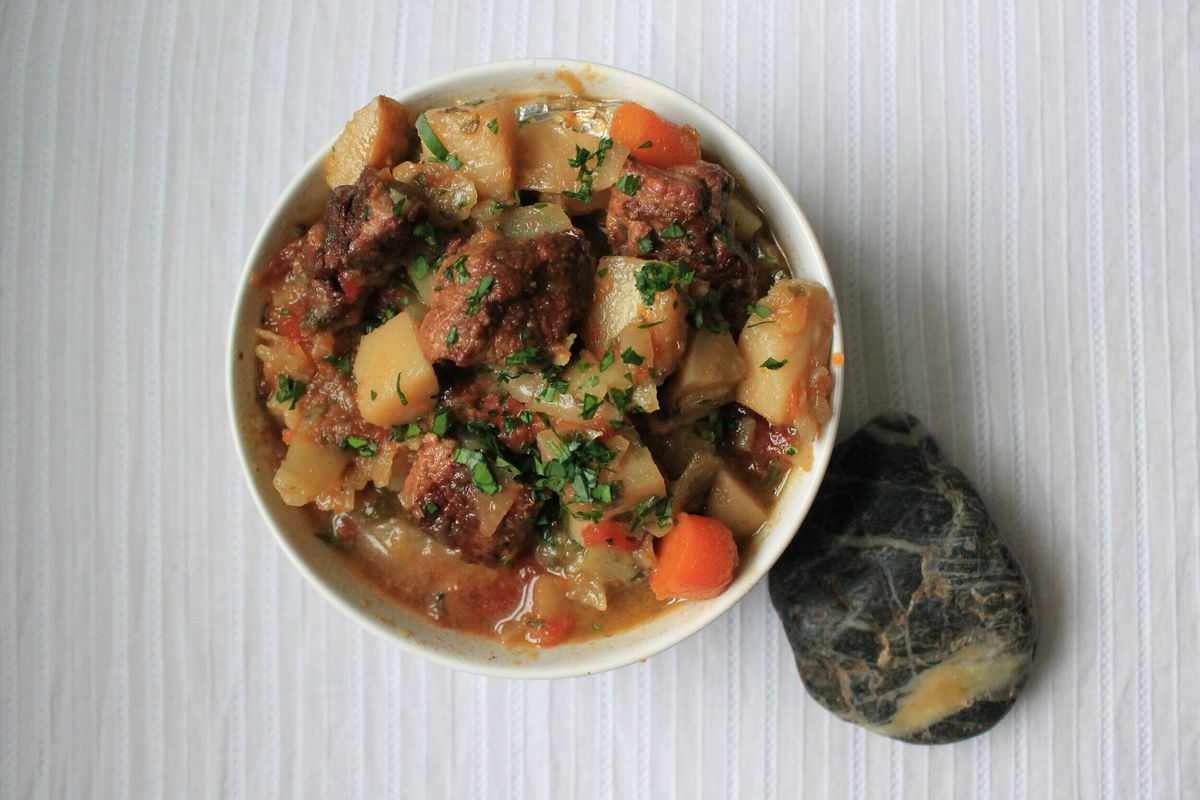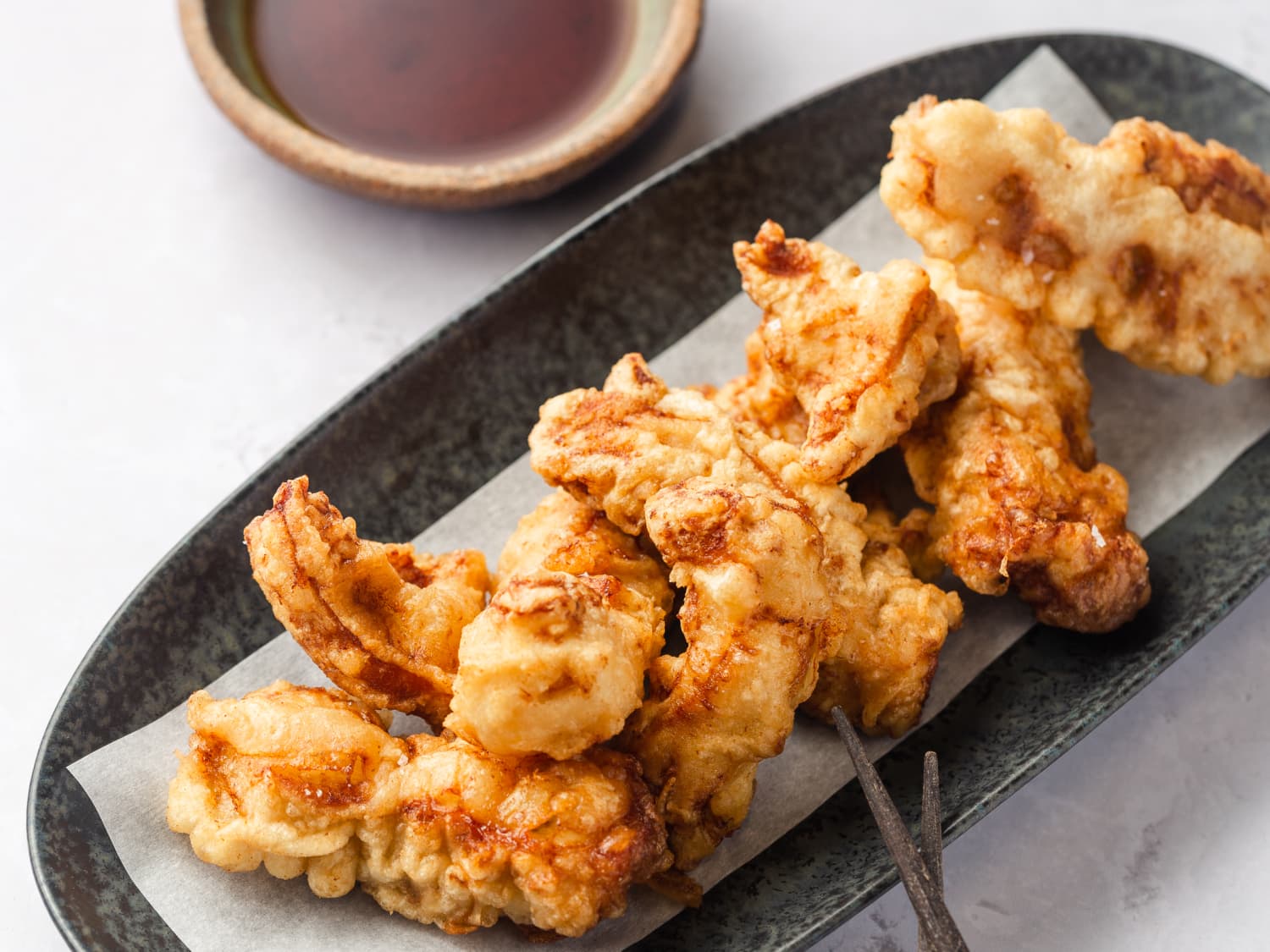All About Sage Plants
If you are a fan of flavorful dishes, you may have come across the herb known as sage. But what exactly is a sage plant, and why is it so popular in the culinary world? Let’s explore the fascinating world of sage plants and discover what makes them so special.
What Is Sage?
Sage is a perennial herb that belongs to the mint family, known scientifically as Salvia officinalis. It is characterized by its woody stems, grayish-green leaves, and aromatic fragrance. Sage is native to the Mediterranean region and has been used for culinary and medicinal purposes for centuries.
Culinary Uses of Sage
Sage is highly valued for its strong, earthy flavor and is commonly used to enhance the taste of various dishes. Here are some popular culinary uses of sage:
- Seasoning for meats: Sage pairs exceptionally well with poultry, pork, and sausage, adding depth and richness to the flavors.
- Flavoring for soups and stews: Adding a few sage leaves to soups and stews can impart a warm and savory taste to the dish.
- Herbal butter: Sage-infused butter is a delightful addition to pasta dishes and roasted vegetables.
- Stuffing: Sage is a key ingredient in traditional stuffing recipes, contributing a distinctive taste to the dish.
Medicinal Benefits of Sage
Besides its culinary uses, sage has also been prized for its medicinal properties. The herb is believed to have various health benefits, including:
- Improving digestion: Sage has been used to aid digestion and alleviate digestive discomfort.
- Anti-inflammatory properties: Some studies suggest that sage may possess anti-inflammatory effects, which could be beneficial for overall health.
- Memory and cognitive function: In traditional medicine, sage has been associated with enhancing memory and cognitive function.
- Antioxidant properties: Sage contains compounds that act as antioxidants, helping to protect the body from oxidative stress.
Growing Sage Plants
If you’re interested in cultivating your own sage plants, here are some essential tips for growing and caring for them:
- Choose a sunny location: Sage thrives in full sunlight, so select a spot in your garden that receives ample sunlight throughout the day.
- Well-drained soil: Sage plants prefer well-drained, slightly alkaline soil. Ensure good drainage to prevent waterlogging, which can be detrimental to the plants.
- Pruning: Regular pruning helps maintain the shape of the plant and encourages new growth. Trim the stems and remove any dead or woody growth as needed.
- Harvesting: You can harvest sage leaves as needed once the plant is established. Simply snip off the desired amount of leaves, taking care not to remove more than one-third of the plant at a time.
In Conclusion
Sage plants are not only a flavorful addition to the kitchen but also a valuable herb with a rich history and potential health benefits. Whether you’re using it to elevate your culinary creations or harnessing its medicinal properties, the sage plant is a versatile and cherished herb that continues to captivate cooks and herbalists alike.
So, the next time you savor the distinctive taste of sage in a dish, take a moment to appreciate the remarkable qualities of this humble yet remarkable herb.
Was this page helpful?
Read Next: What Is Yakisoba Sauce?
